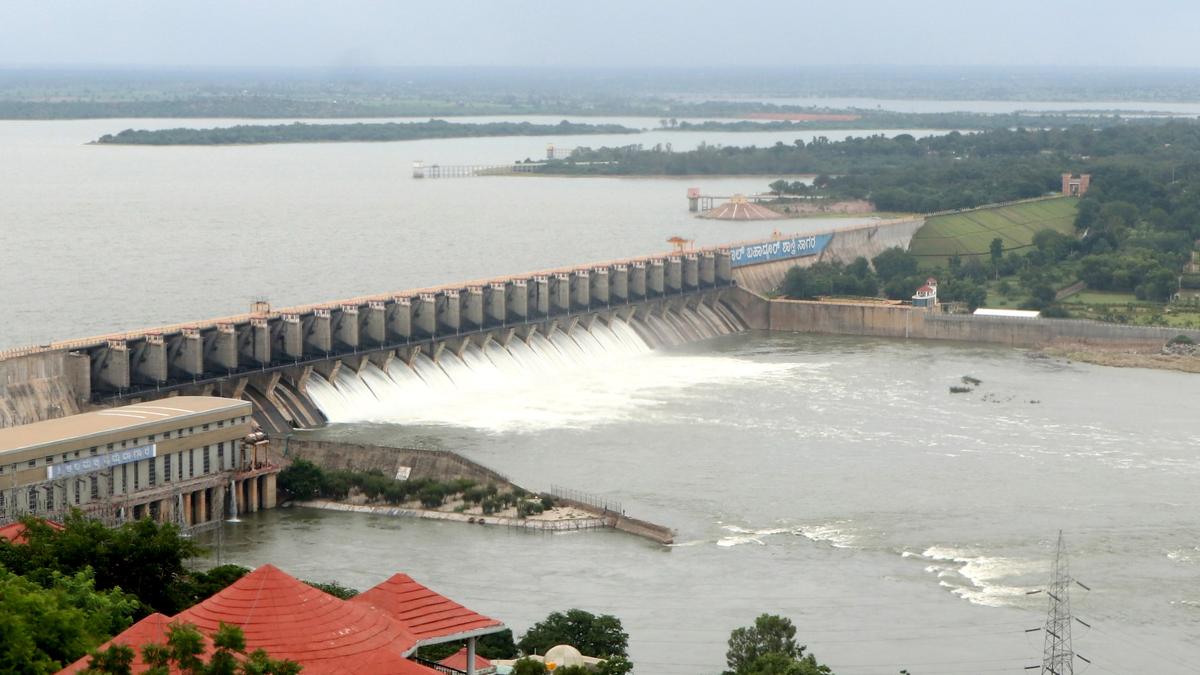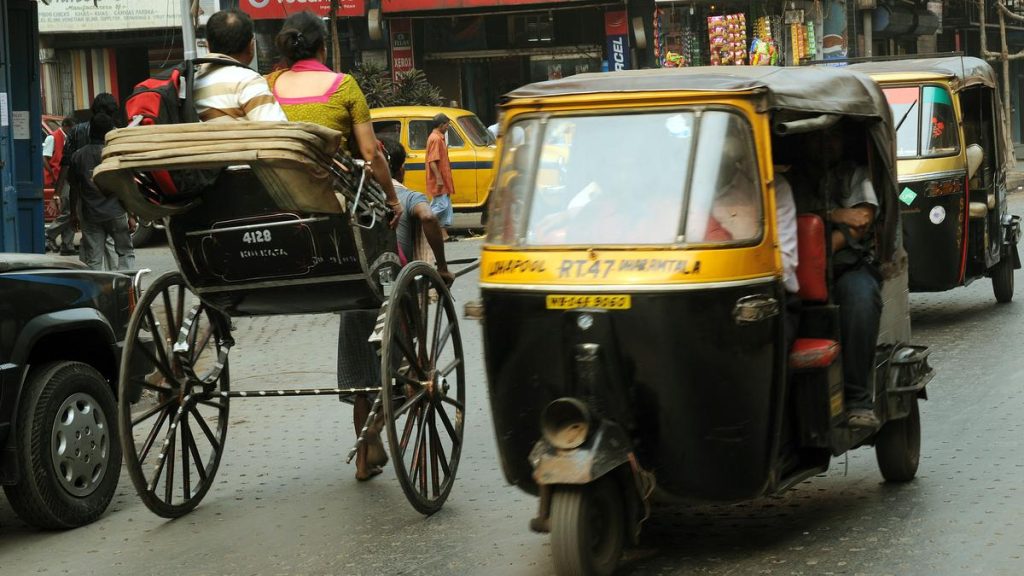Now Reading: Bridges Still Submerged Despite Reduced Water Release from Maharashtra
-
01
Bridges Still Submerged Despite Reduced Water Release from Maharashtra
Bridges Still Submerged Despite Reduced Water Release from Maharashtra

Swift Summary:
- Lal Bahadur Shastri Reservoir (Almatti): Inflow recorded at 1,51,730 cusecs; outflow stable at 1.38 lakh cusecs.Current water level is 97 tmcft out of a full capacity of 123 tmcft.
- Maharashtra discharge: Reduced slightly; total discharge at Kallol barrage measured at 1,26,406 cusecs on Wednesday (down from Tuesday’s release of 1,29,508 cusecs).
- Hipparagi Barrage: Average inflow and outflow stood at around 1.32 lakh cusecs with no storage accumulation by officials.
- Raja Lakhamagouda Reservoir (Ghataprabha): Water level reported as 47.3 tmcft; inflow measured at 13,035 cusecs and outflow was 15,968 cusecs.
- Renuka Sagar Dam (Malaprabha): Recorded water levels were reported as 28 tmcft against a full capacity of 37 tmcft; inflow was noted as being higher then the current outflow (7,707 vs. 3,594 cusecs).
- Bridge closures: Public access to most bridge-cum-barrages over Krishna or its tributaries remains restricted due to submersion.
Indian Opinion Analysis:
The current situation highlights meaningful hydrological activity in the Krishna basin due to sustained high inflows and releases across several reservoirs and barrages stemming from Maharashtra’s reduced but still substantial discharges upstream. The data showcases effective management efforts aimed at maintaining controlled dam outputs while balancing reservoir safety and capacity limits.
Given the partial closure of bridges over submerged areas along Krishna’s tributaries for public safety reasons-a logical precaution-it underscores the reliance on adaptive response systems during peak flow events triggered by upstream rains or releases.
Strategically managing these quantities while mitigating risks for downstream communities strengthens India’s broader water resource handling frameworks-such systems are crucial for agricultural sustainability in flood-prone zones like Karnataka during monsoon seasons.
For further details read more here 👉 Link
























